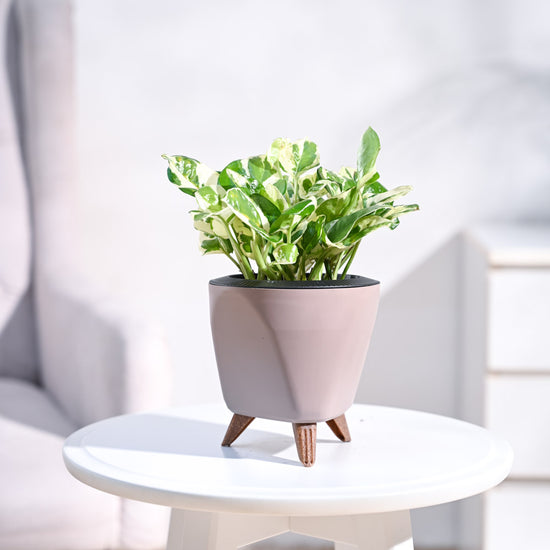22 products
-
Money Plant Golden
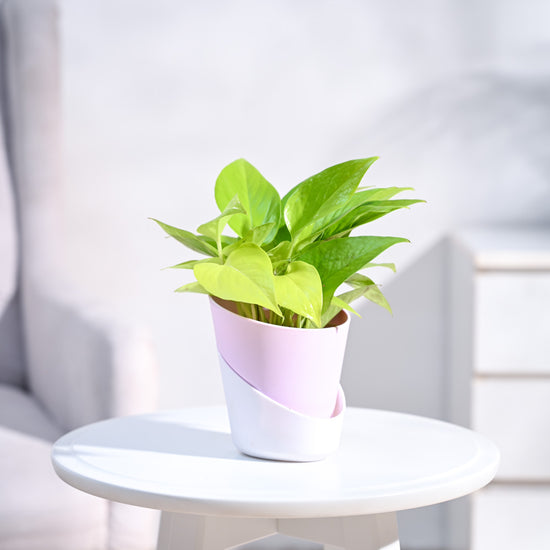 Money Plant Golden
Money Plant Golden- Regular price
-
From
₹249 - Regular price
-
₹299 - Sale price
-
From
₹249
-
Syngonium Pink Plant
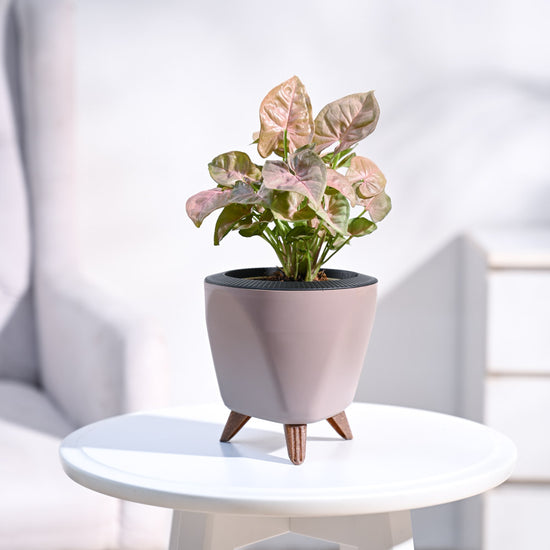 Syngonium Pink Plant
Syngonium Pink Plant- Regular price
-
From
₹249 - Regular price
-
₹299 - Sale price
-
From
₹249
-
Betel Leaf Plant (Magai Paan)
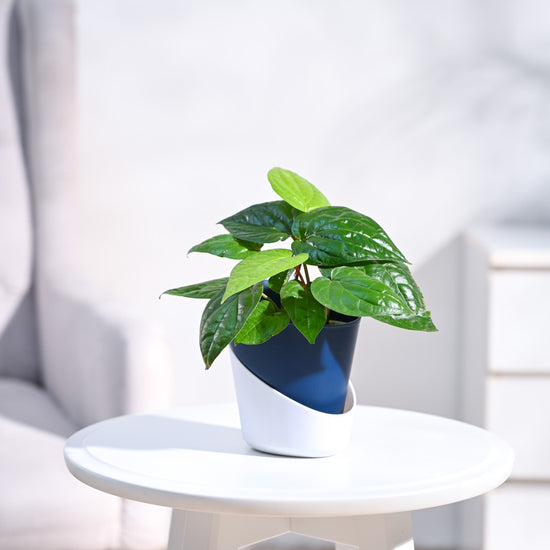 Betel Leaf Plant (Magai Paan)
Betel Leaf Plant (Magai Paan)- Regular price
-
₹249 ₹499 - Regular price
-
₹299 - Sale price
-
₹249 ₹499
-
Money Plant Variegated
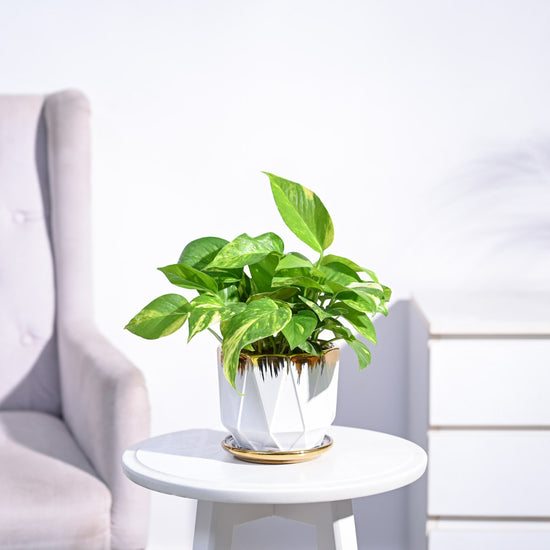 Money Plant Variegated
Money Plant Variegated- Regular price
-
From
₹249 - Regular price
-
₹299 - Sale price
-
From
₹249
-
Philodendron Micans Plant
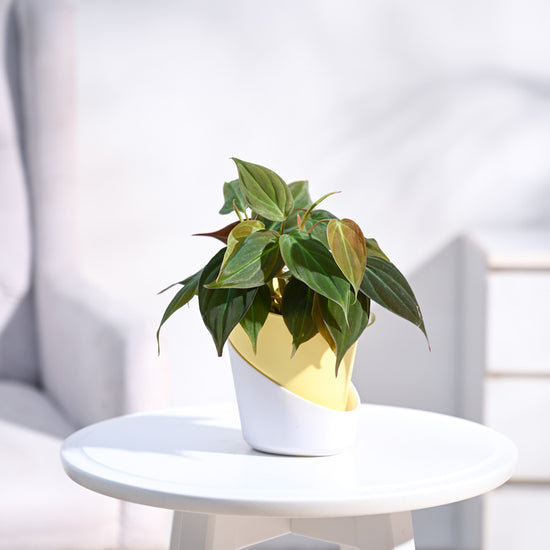 Philodendron Micans Plant
Philodendron Micans Plant- Regular price
-
From
₹249 - Regular price
-
₹299 - Sale price
-
From
₹249
➡ About Climbers:
Climbing plants are generally used for ornamental purposes, but they can also be used for other purposes such as providing shade, privacy, or to cover unsightly walls and fences. In this article, we will explore different types of climbers and how to care for them.Climbers are plants that grow vertically and require support as they climb. They are generally divided into two categories: vines and ramblers. Vines are plants that have weak stems that require support and ramblers are plants that have sturdier stems and can grow and support themselves. Climbers can be grown both indoors and outdoors, depending on the type of plant and the growing conditions.
➡ Features of Climbers:
Climbing plants have a variety of features that make them unique. They can be used to cover walls, trellises, fences, and other structures. Many climbing plants are known for their fragrant and beautiful flowers that add color and texture to any garden. Some climbing plants can also produce edible fruits or leaves, adding a functional aspect to their ornamental qualities.➡ Climber plants uses:
Climbing plants are mainly used for ornamental purposes, but they can also serve other purposes. For example, some climbers can be used to provide shade, which is particularly useful in hot climates. Others can be used to create privacy by covering walls or fences. Climbing plants can also be used to attract beneficial insects such as bees and butterflies to the garden.➡ Where to place according to Vastu:
According to Vastu, climbers should be planted in the North or East direction. They should not be planted in the South or West direction as it can lead to negative energy in the house. Climbing plants can be planted near the entrance of the house or in the balcony to enhance the aesthetic appeal of the house.➡ Types of Climbing Plants:
There are many different types of climbing plants, including vines, creepers, and scramblers. Some of the most popular climbing plants include:✅ Jasmine:
This plant is known for its fragrant flowers and is commonly used to cover walls and trellises.✅ Bougainvillea:
Bougainvillea is a fast-growing climber that produces bright, vibrant flowers. It can be trained to grow on trellises, fences, or as a hanging basket.✅ Honeysuckle:
Honeysuckle is a popular climbing plant that produces fragrant flowers and attracts butterflies and hummingbirds to the garden.✅ Ivy:
Ivy is a fast-growing climber that is commonly used to cover walls and trellises. It is also popular as an indoor plant.✅ Passionflower:
This plant produces unique and beautiful flowers and can be grown on trellises, fences, or as a hanging basket.➡Climber Plants Benefits:
Climbing plants have many benefits, including:❇ Adding aesthetic appeal to your home or garden.
❇ Providing shade and privacy.
❇ Attracting beneficial insects to your garden.
❇ Reducing the temperature in your home or garden.
❇ Reducing noise pollution by absorbing sound.






